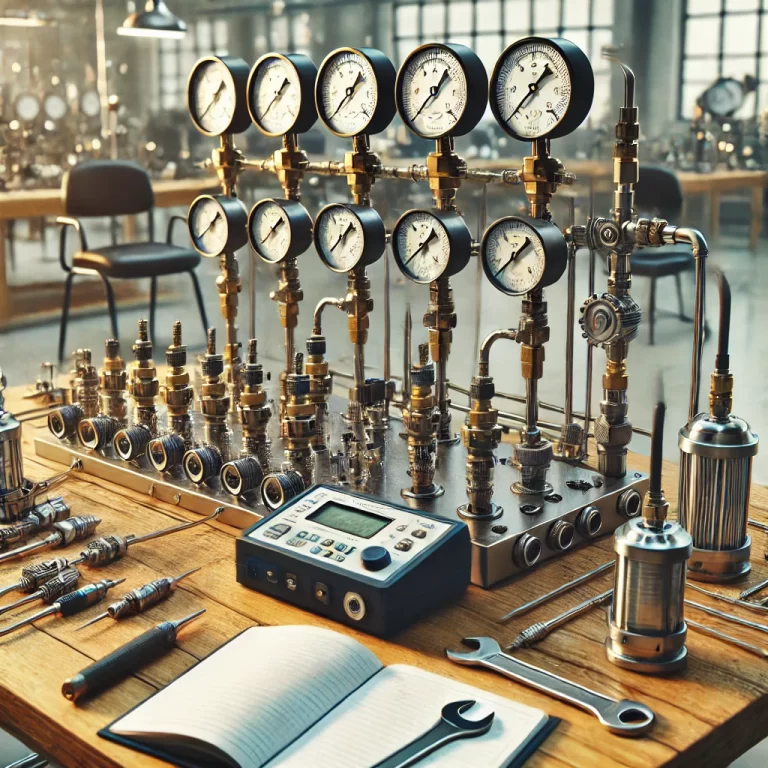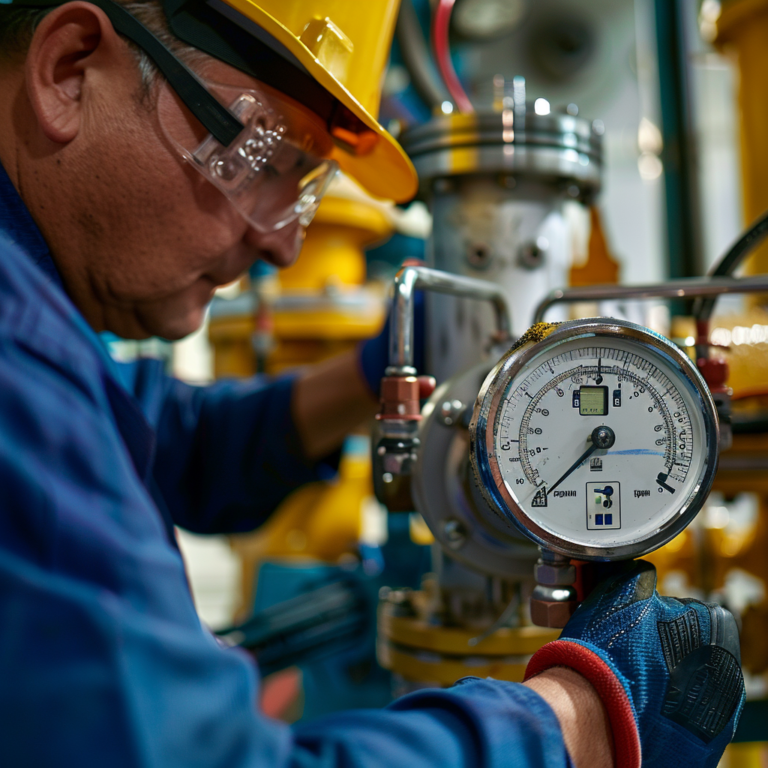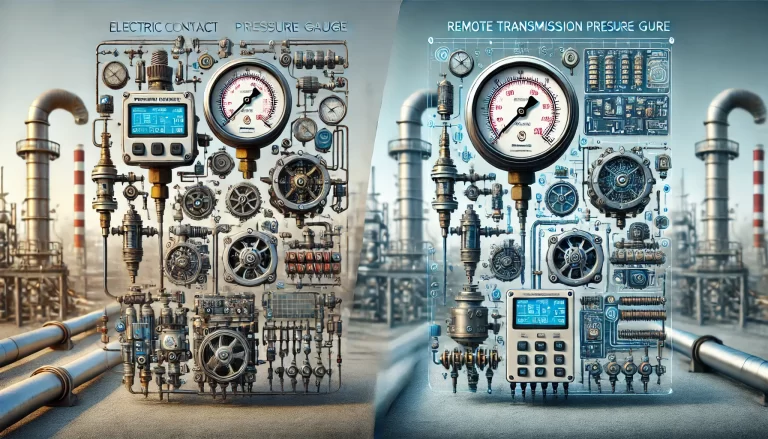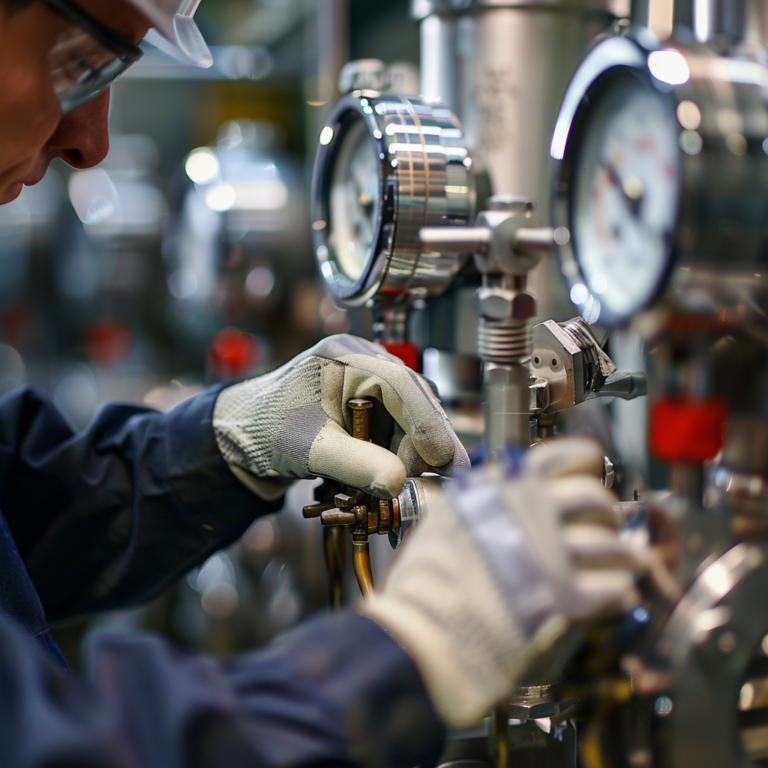Introduction
In industrial measurement and automation, pressure transmitters play a crucial role in ensuring accurate and reliable readings. However, noise interference is one of the primary factors that can degrade their measurement accuracy. Noise in pressure transmitters can be broadly categorized into internal noise and external noise. Internal noise is further classified into thermal noise and shot noise.
Understanding these different types of noise, their sources, and their impact on pressure transmitters is essential for maintaining measurement precision. More importantly, adopting effective noise reduction techniques can significantly enhance the performance of pressure transmitters in real-world applications.

1. Types of Noise in Pressure Transmitters
1.1 Internal Noise
Internal noise originates within the pressure transmitter itself. It is an unavoidable phenomenon but can be minimized through proper design and optimization. The two major components of internal noise are thermal noise and shot noise.
1.1.1 Thermal Noise
Thermal noise, also known as Johnson-Nyquist noise, results from the random motion of charge carriers (electrons) in resistive components of the pressure transmitter. This type of noise is directly related to temperature and resistance and cannot be completely eliminated. However, its impact can be reduced through the following methods:
- Using Low-Resistance Components: Since thermal noise is proportional to the resistance value, employing components with lower resistance can effectively minimize it.
- Narrowing the Frequency Bandwidth: Thermal noise increases with bandwidth, so using narrow-band amplifiers can help reduce its influence.
1.1.2 Shot Noise
Shot noise is caused by the discrete nature of electric charge carriers as they move across junctions in semiconductor devices within the pressure transmitter. It occurs due to fluctuations in the current flow, leading to capacitive effects, including capacitor discharge noise and current noise.
To mitigate shot noise:
- Use narrow-band amplifiers to filter out unwanted noise components.
- Optimize the electrode design to reduce charge carrier fluctuations.

1.2 External Noise
External noise refers to interference from the surrounding environment or human-made sources that affect pressure transmitter readings. The most common sources include:
- Natural Interference: Lightning strikes, electromagnetic radiation from the sun, and atmospheric disturbances.
- Electromagnetic Interference (EMI): Electrical noise generated by motors, transformers, or high-frequency equipment in the industrial setting.
- Power Supply Variations: If a pressure transmitter shares a power source with other high-power electrical equipment, fluctuations in the current can introduce noise.
How to Reduce External Noise?
Unlike internal noise, which is inherent to the device, external noise can be minimized using various engineering techniques:
- Shielding and Grounding: Proper shielding with conductive enclosures can block unwanted electromagnetic interference (EMI). Additionally, ensuring proper grounding can help dissipate stray noise.
- Using Filters: Low-pass, high-pass, or band-pass filters can be implemented to remove unwanted frequency components.
- Stable Power Supply: Isolating the power source of the pressure transmitter from high-power electrical devices can prevent fluctuations that generate noise.
2. Impact of Noise on Pressure Transmitters
The presence of noise in pressure transmitters can lead to several performance issues:
- Reduced Measurement Resolution: High noise levels interfere with signal clarity, leading to inaccurate readings.
- Lowered Sensitivity: Noise can mask small pressure variations, reducing the transmitter’s ability to detect subtle changes.
- Signal Distortion: External noise can distort signals, leading to incorrect process control actions in automated systems.
Thus, identifying and mitigating noise sources is crucial for ensuring accurate and stable pressure measurement.

3. Practical Noise Reduction Strategies
To maintain high accuracy in pressure transmitters, the following measures should be implemented:
3.1 Design-Level Noise Reduction
- Use low-noise amplifiers to improve signal clarity.
- Implement optimized circuit designs with proper component placement to minimize electrical noise.
3.2 Installation Best Practices
- Proper Cable Management: Use twisted-pair or shielded cables to prevent electromagnetic interference.
- Separate Power and Signal Wires: Avoid running signal cables parallel to high-power electrical lines.
- Use Grounding Techniques: Ensure all components are properly grounded to reduce potential differences that may introduce noise.
3.3 Environmental Controls
- Place transmitters away from high-frequency equipment to minimize EMI exposure.
- Install protective enclosures in areas prone to lightning or electrical disturbances.

Conclusion
Noise in pressure transmitters is an inevitable challenge that affects measurement accuracy and system performance. Internal noise, including thermal noise and shot noise, originates from the device itself and can be minimized using low-resistance components and narrow-band amplifiers. External noise, caused by natural and artificial electromagnetic disturbances, can be mitigated using shielding, filtering, and proper installation techniques.
By implementing these noise reduction strategies, engineers and technicians can significantly enhance the reliability of pressure transmitters, ensuring more accurate measurements and stable process control in industrial applications.
